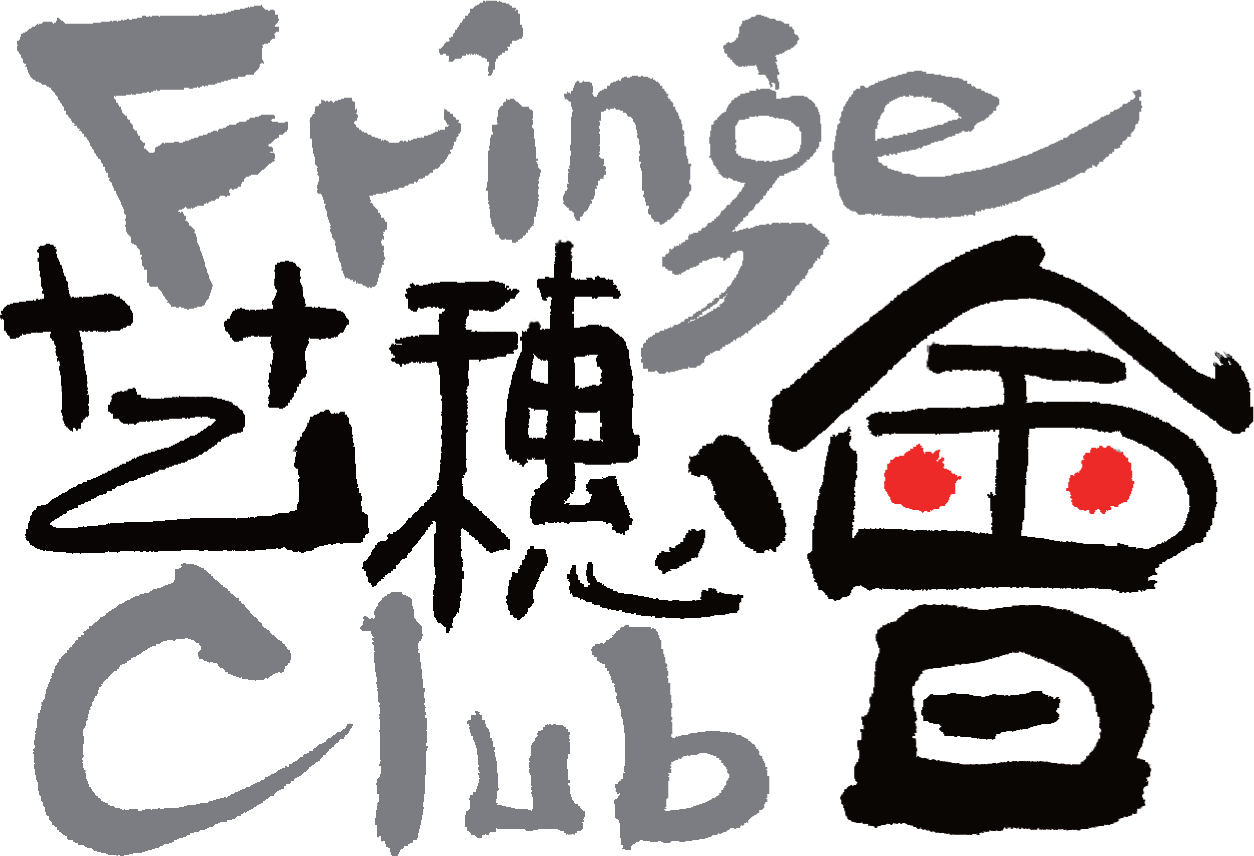Cultural Landscape after 1997
Show
Artist Commune

- Mon 29-02-2016 to Fri 04-03-2016
 Anita Chan Lai-ling Gallery
Anita Chan Lai-ling Gallery
 Free admission
Free admission
Synopsis
Contemporary culture is not only the heritage of traditional habits; more than that, it tends to be the lifestyles that form when people choose and realise their values. The cultural landscape inhabits a particular geographic region, in order to meet people’s needs for social development and to build the scenes of their daily lives. It represents these people’s spiritual home. It is the overlapping history of the life of people and things, in a certain space and time. Since 1997, a very special period in the history of Hong Kong, the cultural landscape has witnessed the social transformation of the implementation of “One Country, Two Systems”, and has undergone many changes in the local cultural contexts.
Hong Kong has long been immersed in the modern artistic cultural contexts of the transcendent new ink art. Since 1997, a new generation of artists has applied art in social life. Hong Kong art, along with the pulses of social process, has produced new vitality. Artists such as Wong Shun-kit and Chau Shik-hong are the backbone of this art movement. They use artistic images, from different perspectives and in different ways, to interpret the historic fragments of a modern city and to track its social transformation into a dilemma.
Chau Shik-hong’s oil paintings use the iconic Hong Kong bamboo flower plaque, embodied in the social contexts before 1997 and painted in many landmark buildings around the city, thereby shaping the cultural landscape of the post-1997 carnival city. Wong Shun-kit’s ink creations capture history, images, social events, people, legends, fables, imagination and city life to create a ritual of cultural contexts and the dramatic manifestation of social evolution.
This exhibition displays the recent works of these two Hong Kong artists, who reflect the concerns of their generation. Their starting points of art thinking and the artistic languages of their personal styles also reveal the post-1997 new creativity and the new look of Hong Kong art.










